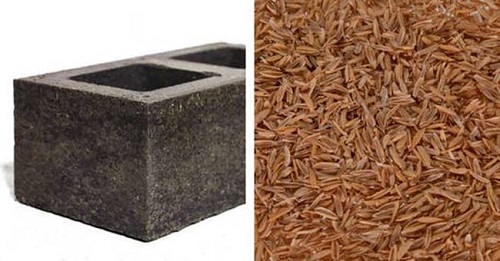 Tuesday, April 23, 2024
Tuesday, April 23, 2024  Tuesday, April 23, 2024
Tuesday, April 23, 2024 
Food waste is an enormous problem worldwide. It’s estimated that anywhere between one-third to one-half of all food produced is wasted, contributing to food shortages or global greenhouse gas emissions when it ends up in our landfills. Some have proposed various solutions, from changing habits at home, to more interesting ideas like converting food waste into fuel, or into building materials, as multinational engineering and design firm Arup is proposing with its report, titled The Urban Bio-Loop.
The report suggests diverting discarded food by-products and transforming them into materials suitable for interior partitions, finishes, insulation and even envelope systems.
Items such as discarded peanut shells, leftover stalks from crops, corn cobs, waste from sunflower harvesting, potato peels, hemp, flax and rice husks can be processed in order to make them suitable for converting into bio-materials. For instance, organic waste like bagasse, cellulose, seeds, stalks, or peanut shells can be pressed with heat to form stiff but lightweight boards for use in walls. Washed potato peels or fibers from pineapples can be made into insulation. Rice husk ash can be used as a natural filler when mixed with cement.